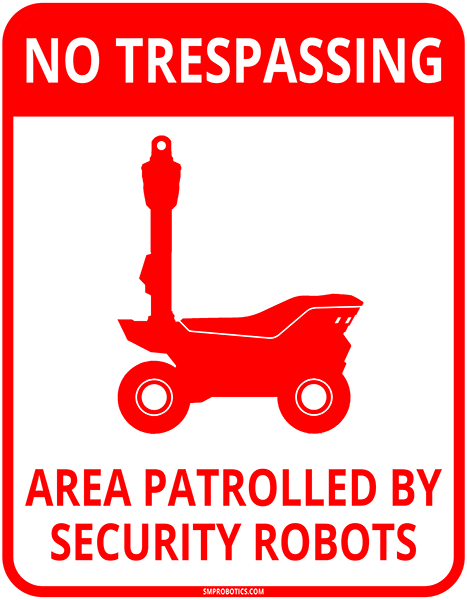Mobile robot technical maintenance service
Just like any electric vehicle, autonomous mobile robots need regular technical maintenance and occasional repairs. This work needs to be done by trained personnel.
Robot maintenance can be divided into five levels:
Level 1. Mobile robot daily maintenance
First-level maintenance work is carried out on a daily basis. It consists of regular operations, cleaning glass and Parktronics from dust and dirt, and monitoring the state of the robot’s systems via built-in diagnostic tools.
Maintenance at this level can be done directly by the end user after going through brief training provided by a distributor representative. The training program includes learning operational safety rules and rules of conduct in the area where the robot is working. People who have not attended safety training are not allowed to work with the robot.
Level 2. Mobile robot field service
Second-level maintenance includes inspecting the robot’s mechanical components, lubricating them, and checking calibration of the robot’s electro-optical systems and sensors. Such maintenance is done by one of the distributor’s field service technicians at least once a month or as required in case an error is displayed on the robot’s diagnostic panel.
Level 3. Replacing the robot’s mechanical components and calibrating the sensors
Mechanical parts are subject to wear and need to be replaced in time. Under standard operating conditions, this type of procedure must be performed after every 3,600 hours of use, which corresponds to about half a year. Replacing the robot’s mechanical parts can be done without delivering it to the distributor. Only a room with sufficient lighting is required. This work can be done by the distributor’s technicians in the course of a few hours.
Level 4. Replacing the electro-mechanical assembly of the movement control of the robot
Around a year, or after 7,500 hours of use, it is necessary to carry out major maintenance, which entails not only planned maintenance for any worn-out mechanical parts but also replacing the electro-mechanical part that can be badly worn during the course of exploitation.
This work involves calibrating the robot’s electronic systems, something that is usually more convenient to do at the distributor’s site. The technical specialists who are capable of doing this maintenance work undergo training administered directly by SMP Robotics. They receive round-the-clock technical support from the manufacturer’s service engineers and have access to a warehouse with spare parts and components. The qualification level that these specialists possess allows them to do any kind of repair work and to update the robot’s internal software.
Level 5. Upgrading mobile robot control system
The robot’s software can be upgraded at the distributor’s site, and its electronic control units can be replaced there as well. This work allows improving the robot’s performance without needing to acquire a new robot model. Most of the elements in its design, frame, body, and wheels remain the same, but changing the electronic control units allows for increased robot efficiency and profitability. During any hardware upgrade, information about the robot’s cruise routes is saved; however, one additional training run is required.
Cloud service for robot cruise routes
SMP Robotics provides cloud service for storing and processing the robots’ patrolling routes. Processing the data that has accumulated for all of the robot’s travels in the course of a year allows for the creation of a more stable cruise route—one that takes into account all the deviations that have occurred during the robot’s operation. Additionally, this service permits cruise routes to be stored in case the robot malfunctions, avoiding the need to retrain an upgraded robot.
Technical support for autonomous mobile robot maintenance
All of the daily maintenance work for autonomous mobile robots is performed by the end-user. Monthly inspections and minor repair work are performed by the distributor’s field service technician. Once a year, the robot needs to be delivered to the distributor for large-scale diagnostics and maintenance.
Operational support for the robot’s end-user is provided by the distributor’s technicians. SMP Robotics, the manufacturer, trains its technical experts from Level 4 onward. They are able to maintain, repair, and upgrade the robots and also train new users and technicians. These experts, in turn, have access to 24/7 technical support on the part of SMP Robotics. To ensure swift repair, the manufacturer maintains a warehouse of control units, assemblies, and spare parts for all of its robot models.











